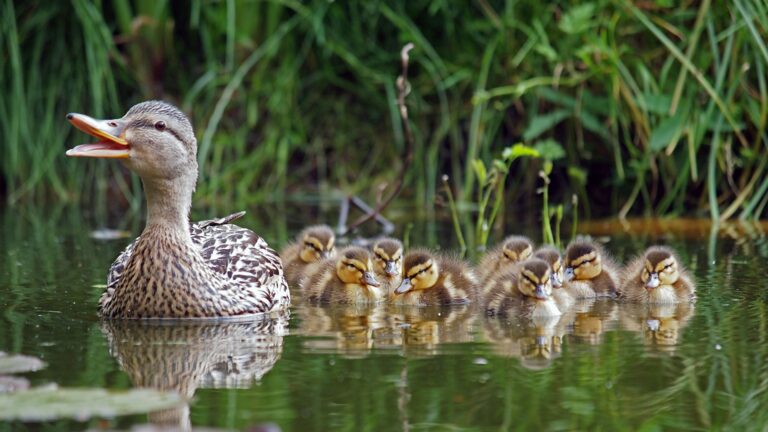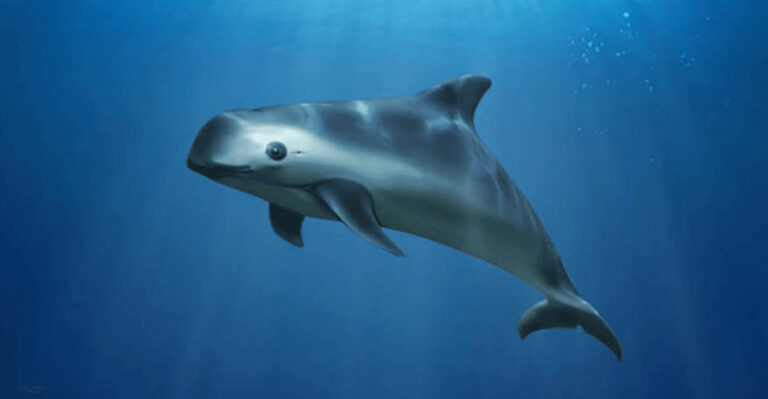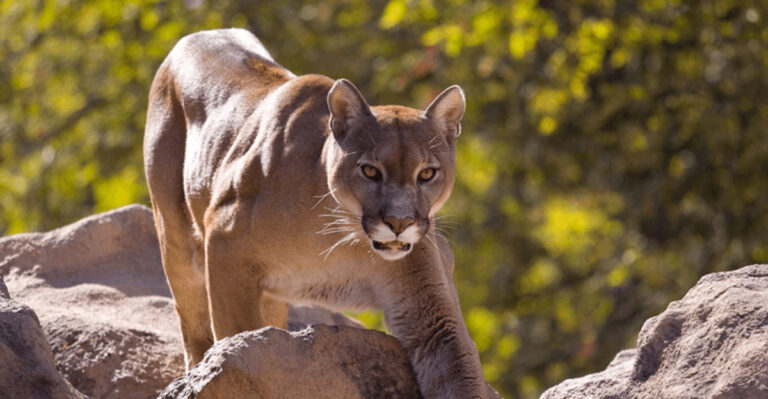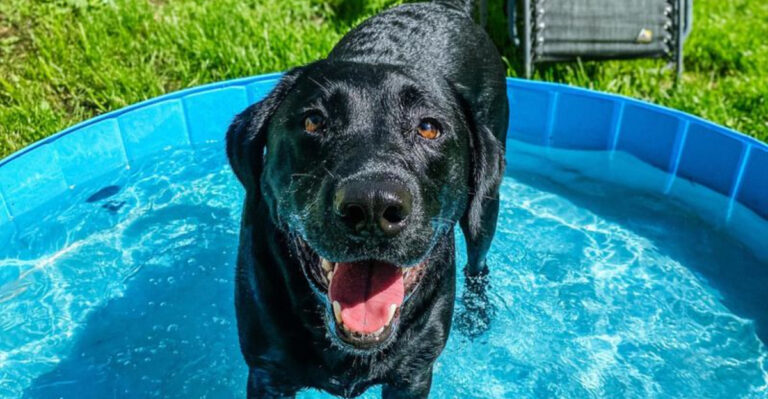After Four Decades In Captivity, This Famous Sea Turtle Is Finally Swimming Home
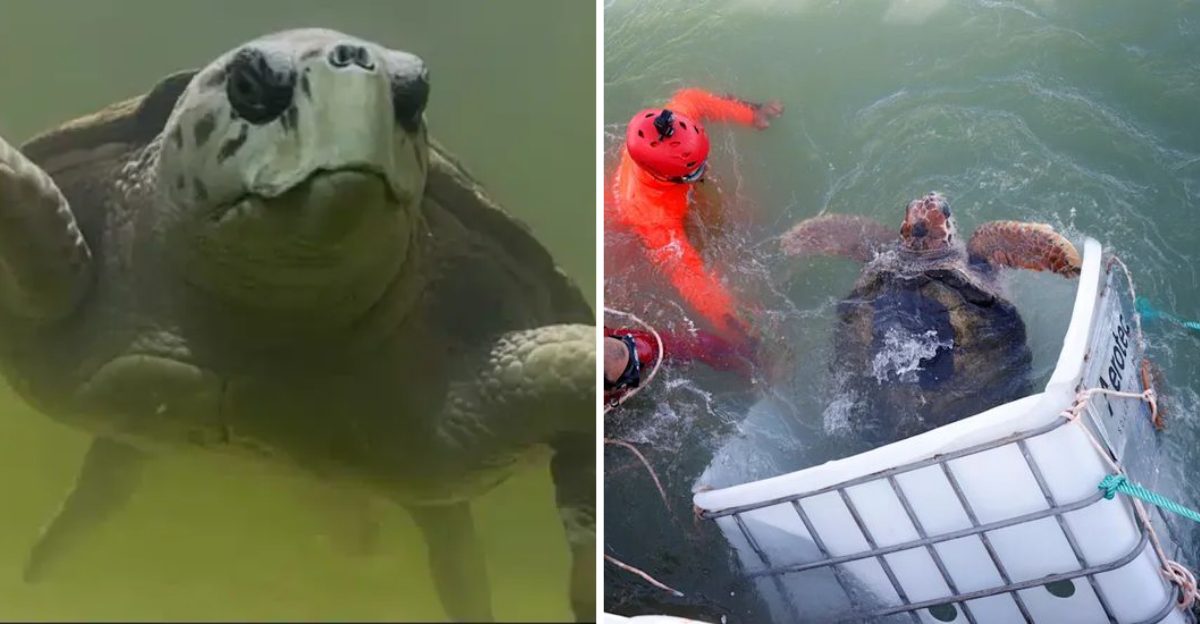
Meet Jorge, a sea turtle who spent 40 years living in a small tank at an Argentine aquarium. This gentle giant of the ocean never had the chance to swim freely in his natural habitat – until now.
After four decades of captivity, Jorge has been released back into the wild, embarking on an incredible journey toward his ancestral home in Brazil.
Living In An Argentine Aquarium For 40 Years
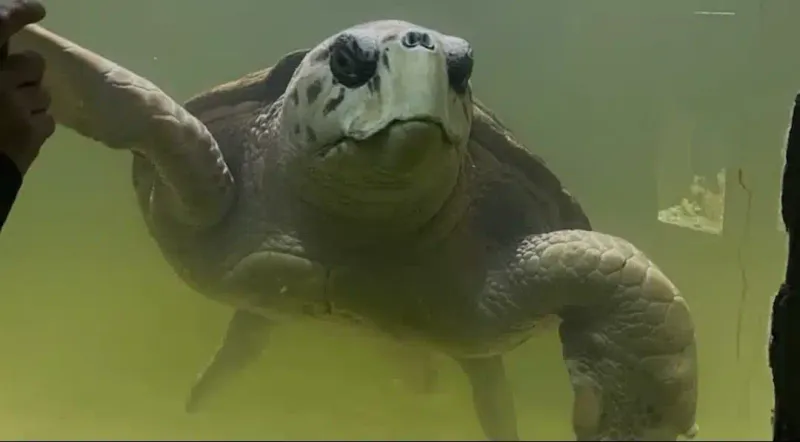
Jorge’s story began in 1984 when he arrived at the Mendoza Zoo aquarium as a young turtle. His home became a shallow, concrete tank where visitors would gawk at him daily through the glass.
For perspective, when Jorge first entered captivity, ‘Ghostbusters’ was just hitting theaters and Michael Jackson’s ‘Thriller’ album was topping charts. Generations of humans came and went while Jorge remained in the same small space.
Staff fed him a diet of vegetables and hard-boiled eggs – far from his natural ocean menu. His world was limited to the walls around him, never experiencing ocean currents or the company of other sea turtles.
From A Shallow Tank In Mendoza To The Atlantic Ocean
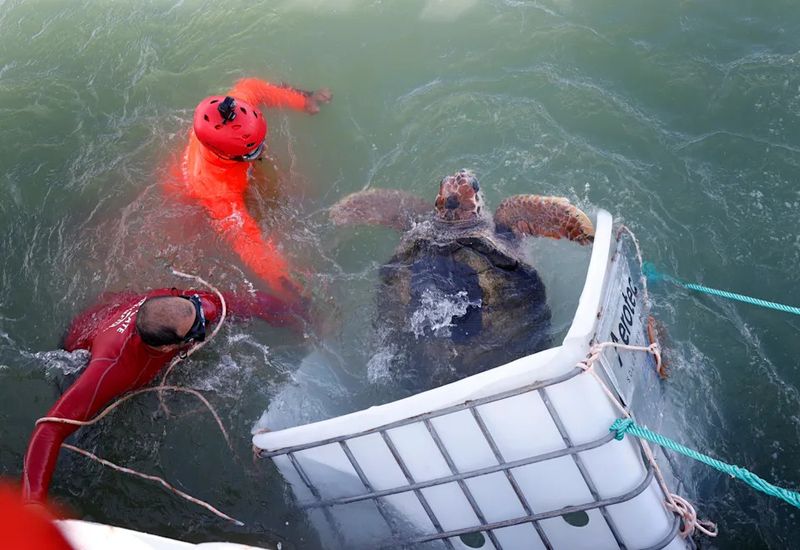
The journey from Mendoza to freedom wasn’t simple. Conservation experts spent months preparing Jorge for release, carefully assessing his health and readiness for wild living. The transition required a 700-mile trek from the landlocked Mendoza province to Argentina’s Atlantic coast.
Veterinarians monitored his swimming abilities and hunting instincts, which had lain dormant for decades. Surprisingly, Jorge demonstrated remarkable natural abilities despite his long captivity.
His transport involved a specially designed water container and a team of dedicated professionals who ensured his comfort throughout the journey. When Jorge first felt the ocean waves, witnesses reported he seemed momentarily startled before swimming with newfound energy.
After Four Decades, Jorge Is Swimming Back Toward Brazil
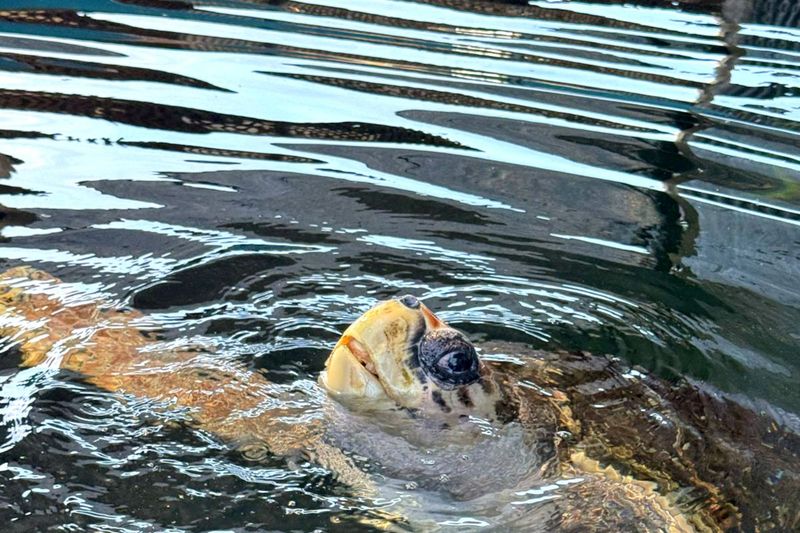
Marine biologists fitted Jorge with a satellite tracker before his release, allowing scientists to monitor his remarkable journey. The data reveals he’s instinctively swimming toward Brazilian waters – his likely birthplace.
This navigational ability stunned researchers who wondered if Jorge would remember migration routes after 40 years in captivity. Sea turtles possess an internal magnetic compass that helps them navigate ocean currents.
Jorge swims approximately 20-30 miles daily, an impressive pace for a turtle who spent most of his life unable to swim freely. His path follows ancient turtle migration routes, suggesting that some instincts remain hardwired despite decades of captivity. Scientists worldwide are following his progress with amazement.
Rescued In 1984 And Raised In Captivity, Jorge Is Finally Wild Again
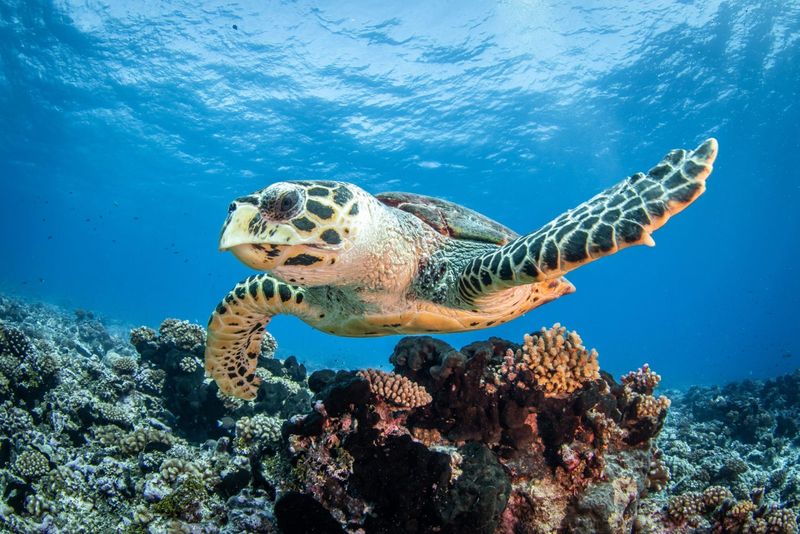
Jorge’s original rescue circumstances remain somewhat mysterious. Records suggest he was found injured on an Argentine beach in 1984, possibly caught in fishing gear or harmed by pollution. Rather than rehabilitation and release, which is standard practice today, he became a permanent aquarium resident.
The world has changed dramatically since Jorge last swam freely. The Berlin Wall fell, the internet transformed society, and climate change emerged as a global crisis.
Changing attitudes about animal welfare and conservation finally opened the door for Jorge’s freedom. Modern marine conservation emphasizes rehabilitation over permanent captivity whenever possible. At approximately 45 years old, Jorge still has potentially decades of life ahead in the wild.
From Hard Boiled Eggs To Hunting Crabs: Jorge Relearned Life In The Wild
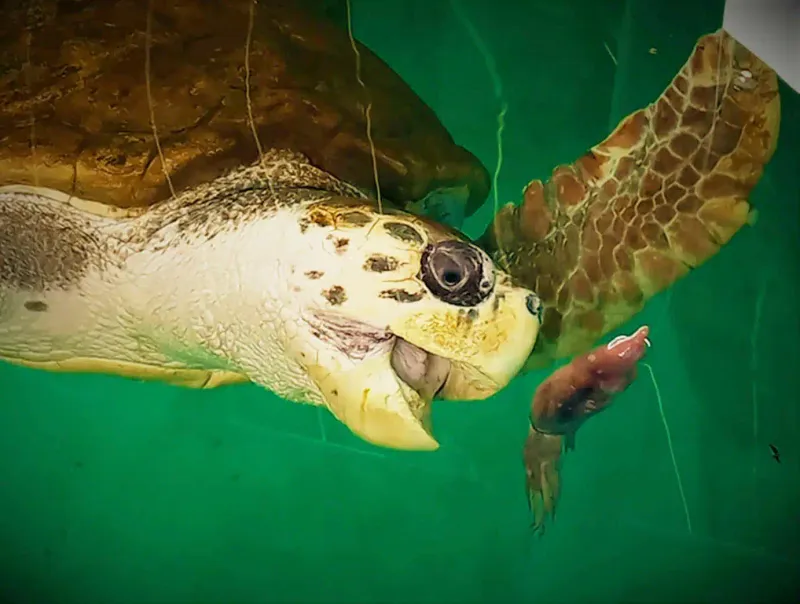
Before release, Jorge underwent intensive rehabilitation to rediscover his natural feeding behaviors. His captive diet of vegetables and hard-boiled eggs bore little resemblance to a wild sea turtle’s menu of jellyfish, crabs, and seagrass.
Marine biologists created special feeding puzzles that mimicked hunting challenges in the wild. Initially hesitant, Jorge gradually displayed increasing curiosity and problem-solving skills during these exercises.
His first successful capture of live prey marked a turning point in his rehabilitation. Experts marveled at how quickly his dormant instincts reawakened. Tracking data now shows Jorge following productive feeding grounds along the coast, suggesting he’s successfully hunting on his own – a remarkable achievement after four decades of having meals hand-delivered.
After Years Behind Glass, Jorge Took His First Ocean Swim In Rough Waters
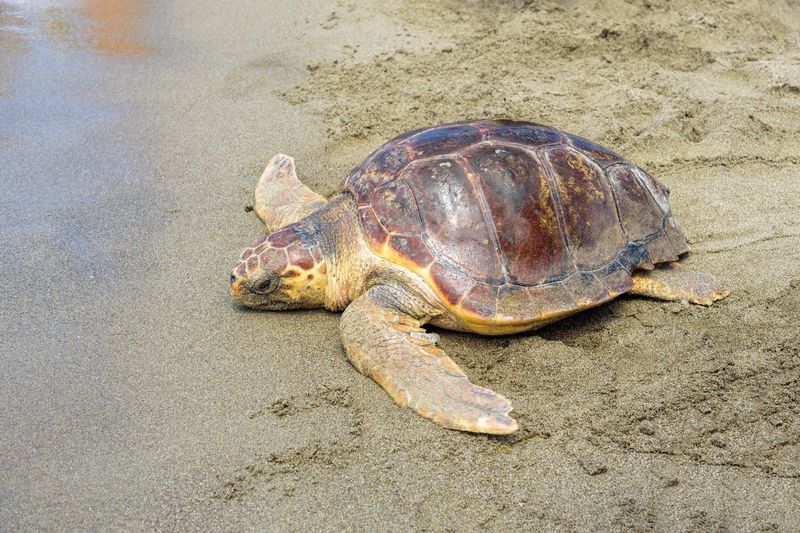
Jorge’s release day arrived during unexpectedly choppy seas. Conservation officials briefly considered postponing but ultimately decided to proceed when Jorge showed eagerness to enter the water.
The moment was captured on video – Jorge hesitating briefly at the water’s edge before a wave washed over him. Something remarkable happened then: rather than retreating from the unfamiliar sensation, he pushed forward with powerful flippers.
Witnesses described seeing Jorge dive beneath a wave and disappear into the blue depths with surprising grace. Several boats monitored him for the first 48 hours, reporting that despite the rough conditions, Jorge appeared to navigate the waves with increasing confidence. His first taste of freedom came with challenging conditions, yet he adapted quickly.
With 1,700 Miles Behind Him, Jorge Is Heading Toward The Brazilian Coast
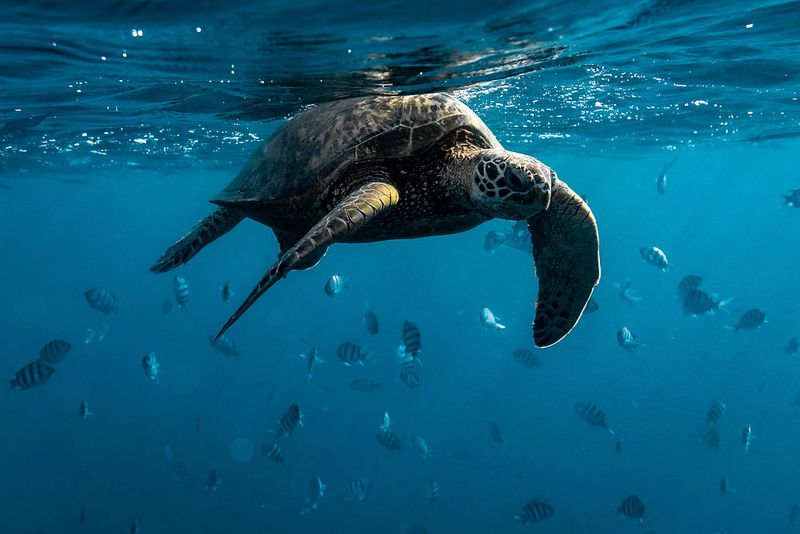
Jorge’s satellite tracker has recorded an astonishing 1,700-mile journey since his release. His path reveals a deliberate northward migration following the South American coastline toward Brazil.
Marine biologists note that his travel pattern matches known sea turtle migration routes, suggesting his instinctual navigation systems remained intact despite decades in captivity. Jorge typically swims in the nutrient-rich waters about 15-20 miles offshore.
His tracker shows regular diving patterns consistent with feeding behavior. Occasionally, Jorge pauses his journey to explore productive feeding grounds before continuing northward. If he maintains his current pace and direction, experts predict he could reach Brazilian waters within months – completing a homecoming journey four decades in the making.
Jorge’s Story Shows It’s Never Too Late To Return To Nature
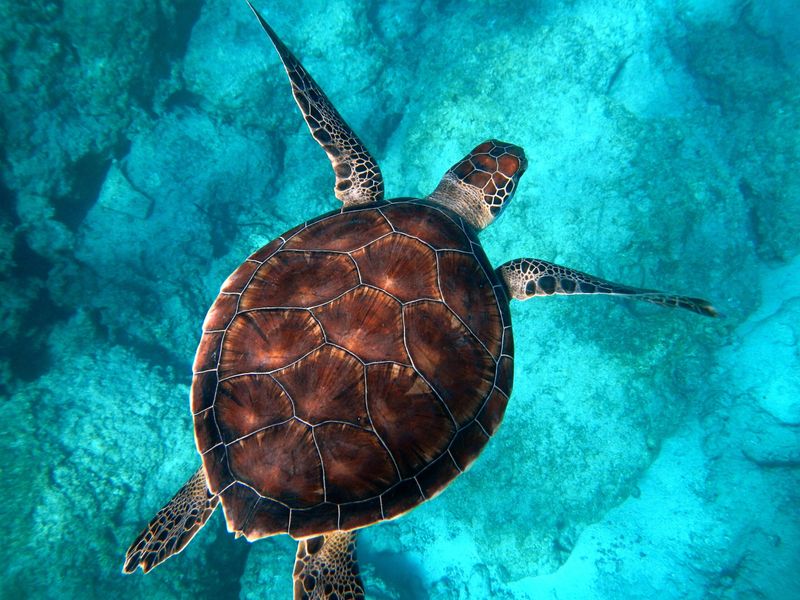
Conservation experts worldwide point to Jorge’s successful reintegration as evidence that even long-captive animals can potentially return to the wild. His story challenges previous assumptions about how long animals can remain in captivity before losing their natural instincts.
Jorge’s journey has sparked conversations about other captive sea turtles and marine animals that might benefit from similar rehabilitation efforts. Several aquariums have announced reviews of their long-term residents to assess release potential.
The psychological resilience Jorge displayed also fascinates researchers. Many expected him to struggle with the vastness of the ocean after decades in a small tank, yet he embraced freedom immediately. His story offers a powerful reminder that connection to nature often remains deeply embedded, even after years of separation.
The World’s Longest Captive Sea Turtle Is Now A Symbol Of Hope
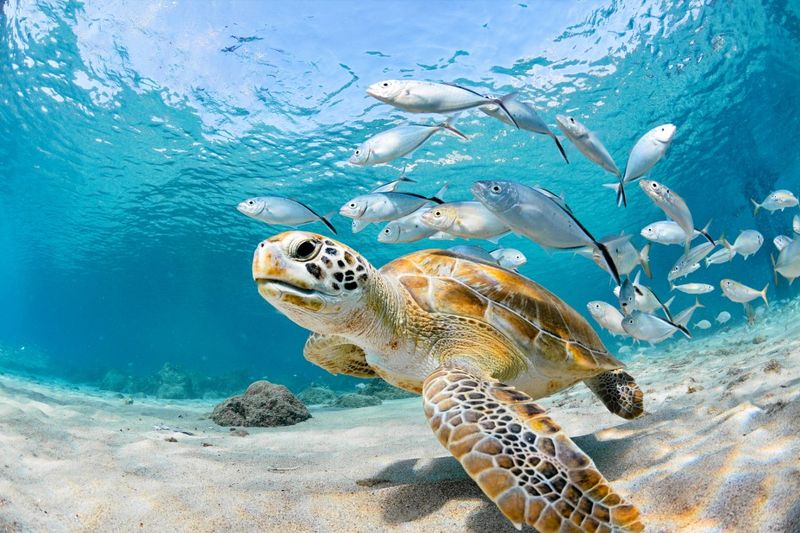
Jorge has become an unexpected conservation ambassador, with his story reaching millions worldwide. School children track his journey online, and conservation organizations use his successful reintegration to highlight the importance of ocean protection.
His satellite tracker provides valuable scientific data about sea turtle behavior and migration patterns. Researchers note that Jorge follows ocean currents and feeding grounds similar to wild turtles, suggesting these behaviors are deeply instinctual.
Local communities along Jorge’s migration route celebrate his passing with beach cleanups and educational events. His journey represents resilience and second chances – not just for one turtle, but for endangered marine species facing increasing threats. Jorge reminds us that with proper care and commitment, nature can heal and reclaim what was once lost.

